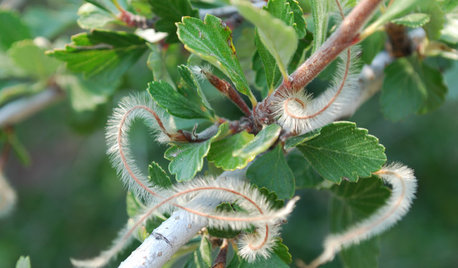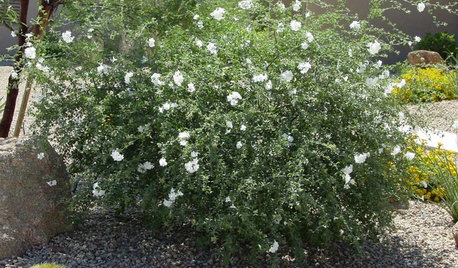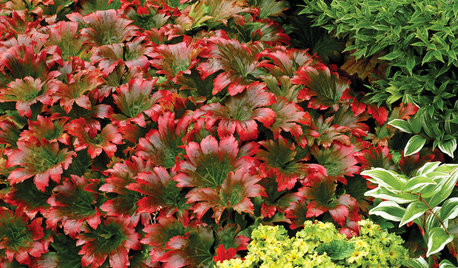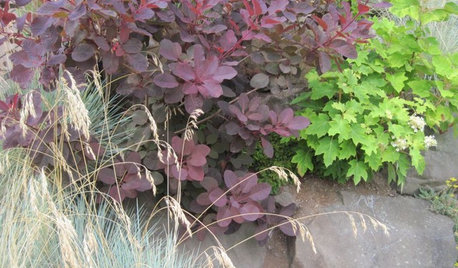What Is In The Leaf ?
seysonn
9 years ago
Related Stories

DECORATING GUIDESA Glimmer of Gold Leaf Will Make Your Room Shine
Make a unique, unexpected statement in any space with this precious metallic finish
Full Story

DESIGN DICTIONARYDrop-Leaf Table
The leaves of drop-leaf tables can be folded down to save space or raised to create a bigger surface
Full Story
TROPICAL STYLEEasy Decorating: Turn Over a New, Tropical Leaf
Toss a palm frond in a vase or gather a whole bouquet — fresh or preserved tropical leaves bring on the exotic with almost no effort
Full Story
ARCHITECTURETry a Four-Leaf Design That Spans the Ages
No one's sure exactly what the quatrefoil represents, but its striking effect in all kinds of designs is certain
Full Story
GARDENING GUIDESGreat Design Plant: Curl-Leaf Mountain Mahogany, an Easy Evergreen
Use it as an accent plant or mass it as a screen; this pine and spruce alternative is a hard worker in dry, cold climates
Full Story
GARDENING GUIDESGreat Design Plant: Little-Leaf Cordia Handles Desert Extremes
Its delicate white flowers are rare in hot and dry sites, but Cordia parvifolia offers more than mere beauty
Full Story
RED FOLIAGEGreat Design Plant: Red-Leafed Mukdenia
Creamy white blossoms give way to splashes of scarlet with this energetic, dramatic ground cover
Full Story
PURPLE FOLIAGE5 Purple-Leaf Majesties of Shrubs
Looking for beautiful depth and dynamism in your landscape? Just add purple
Full StorySponsored
More Discussions







PupillaCharites
antipodean
Related Professionals
Marco Island Landscape Architects & Landscape Designers · Deerfield Landscape Contractors · Mission Viejo Landscape Contractors · Pahrump Landscape Contractors · Parkland Landscape Contractors · Tigard Landscape Contractors · Reisterstown Landscape Contractors · Jackson General Contractors · Stillwater General Contractors · Alvin Decks, Patios & Outdoor Enclosures · Champaign Decks, Patios & Outdoor Enclosures · Fort Lee Decks, Patios & Outdoor Enclosures · Hobart Decks, Patios & Outdoor Enclosures · Roanoke Decks, Patios & Outdoor Enclosures · Truckee Decks, Patios & Outdoor Enclosures